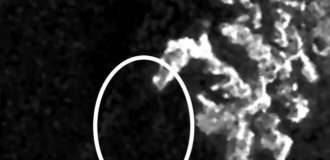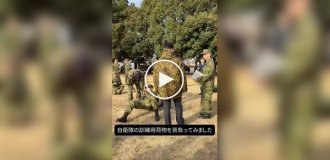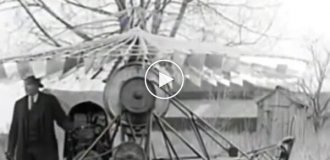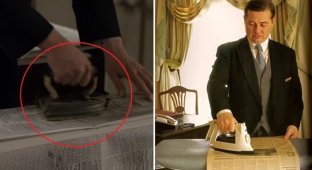Gusty wind (17 photos)
On April 29, 1975, the United States launched Operation Gusty Wind, the final operation of the Vietnam War. The operation was aimed at evacuating American citizens, Western embassy personnel, and Vietnamese from Saigon, which was days away from falling. 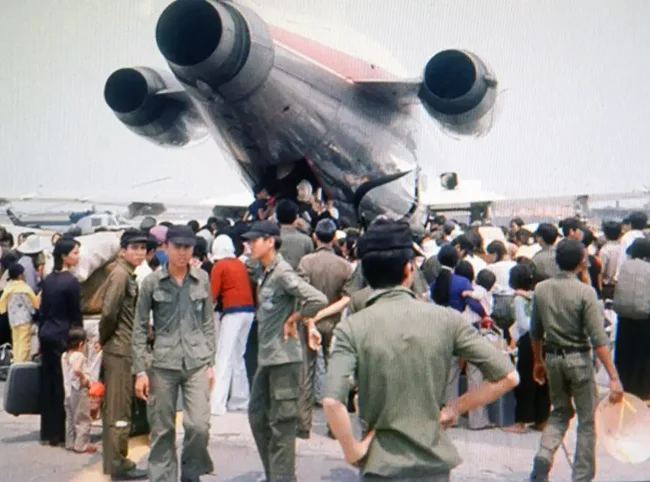
In Operation Gusty Wind, the final phase, when Saigon's airfields became inaccessible, the evacuation of people began by helicopter. For this purpose, several collection points for evacuees were designated in the city, and a specially organized operational group, Task Force 76, was assembled at sea. 
The ships received helicopters and floating craft that were able to reach them. 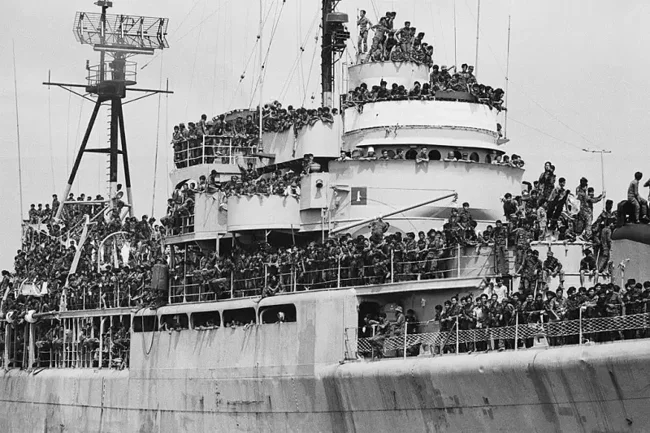
The operation lasted from April 29 to 30, and during this time the helicopters transported more than 7,000 people. Right from the start, all plans went upside down, mainly because Vietnamese helicopters also joined in the transportation of people. Moreover, unlike the American ones, local pilots were not at all eager to make land-sea-land shuttle flights, but stayed where they could land. The helicopters were flying in a continuous stream, and crowds quickly formed on the decks of aircraft carriers and landing ships. 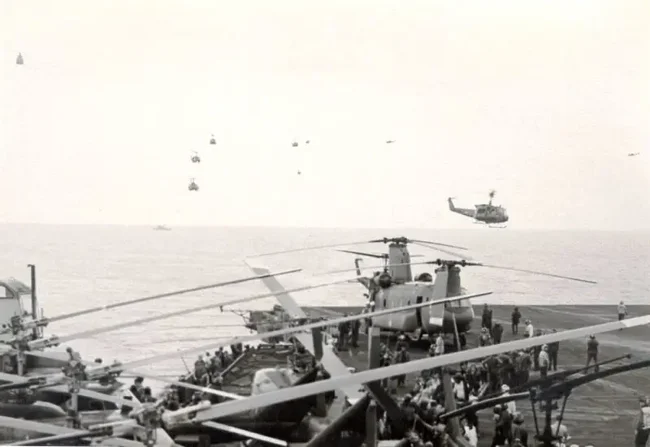
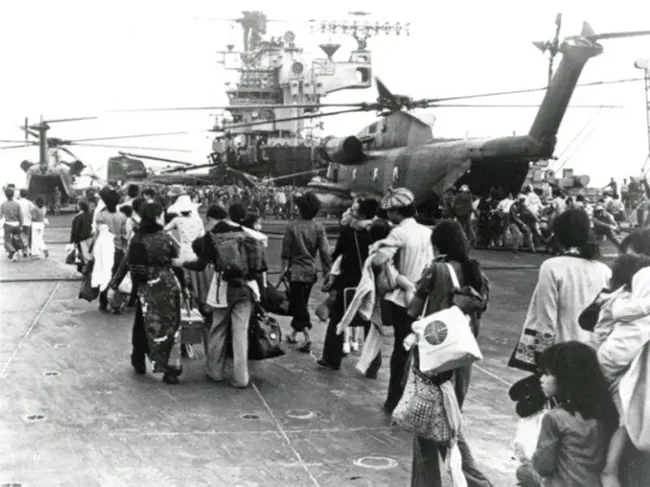
The space for equipment on the decks of the ships quickly ran out. It got to the point that in some places helicopters had to be simply pushed overboard. 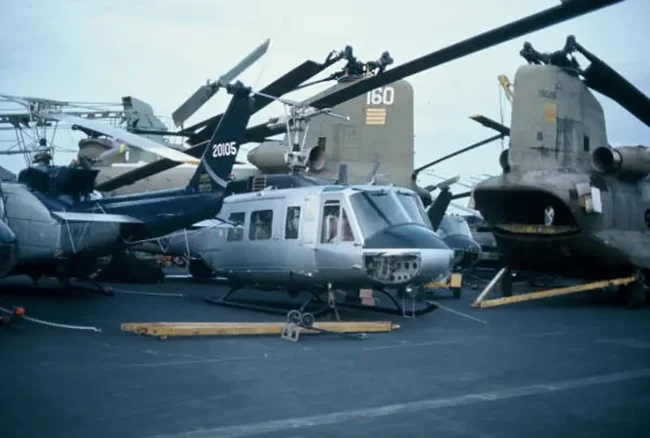
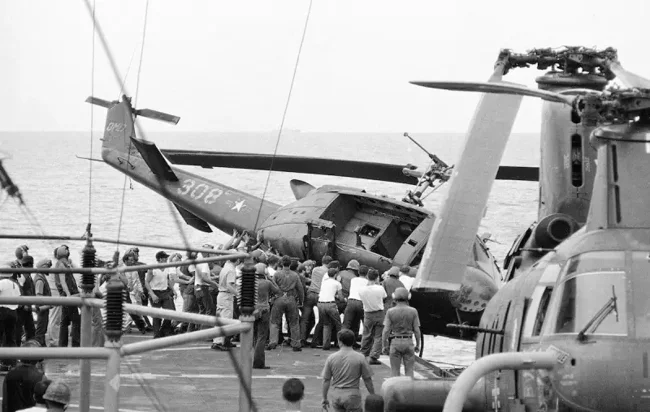

Some helicopters were ordered to unload passengers, take off, and make a "controlled landing on water." It looked like this - 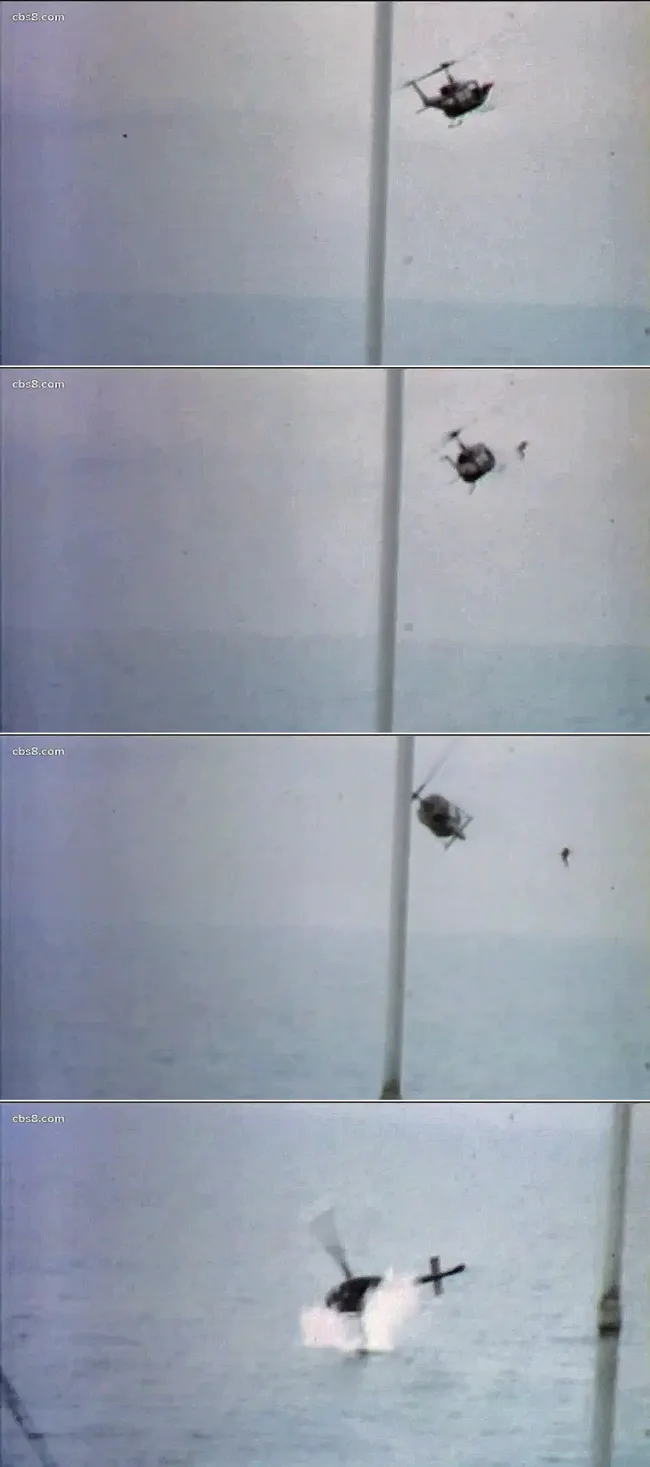
However, boarding helicopters in the city also occurred with some difficulties.
A photojournalist from Holland worked in Saigon. He took a photo that was later called a symbol of American involvement in Vietnam: 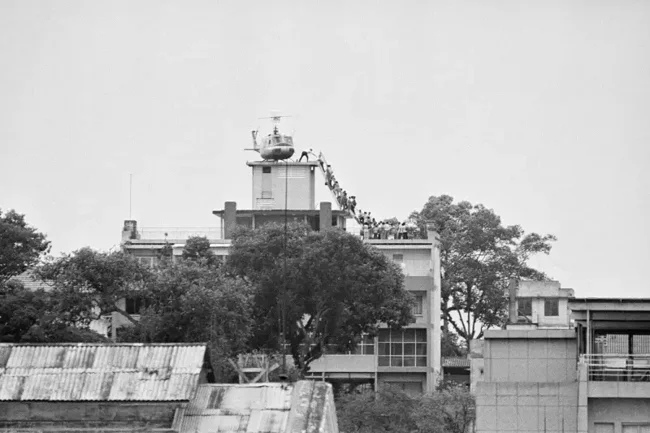
The extra ones were simply dumped.... (Maybe this is a great photo and a fake, but symbolic.) 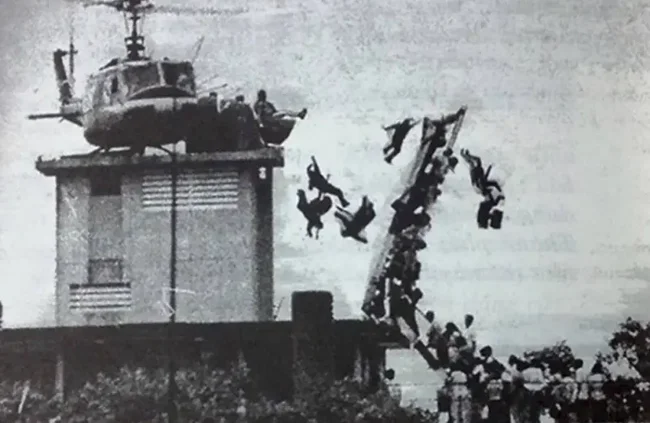
On April 29, 1975, around noon, a light two-seater Cessna O-1E Bird Dog even landed on the aircraft carrier USS Midway. At the controls was Major Ly Bung, commander of the 114th Reconnaissance Squadron of the South Vietnamese Air Force, stationed on the island of Con So, 100 km off the coast. According to the major's recollections, he knew that somewhere at sea there were ships ready to take the refugees, but he did not know their exact location. Having taken off, he headed in a general direction north, and then he got lucky: he saw a "string of helicopters" clearly heading for some familiar target, and fell in behind them. 
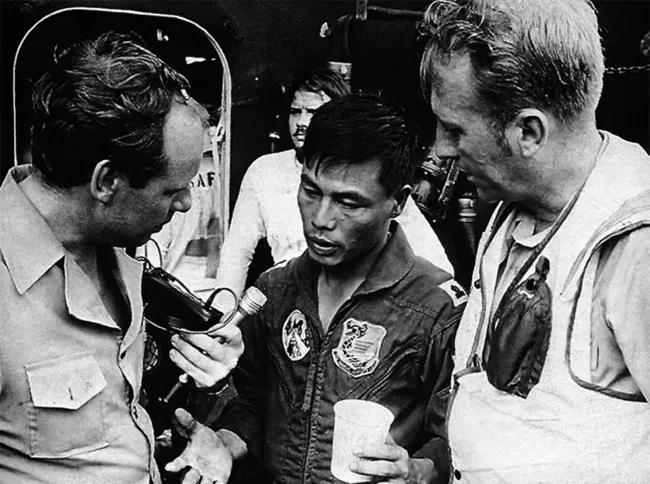
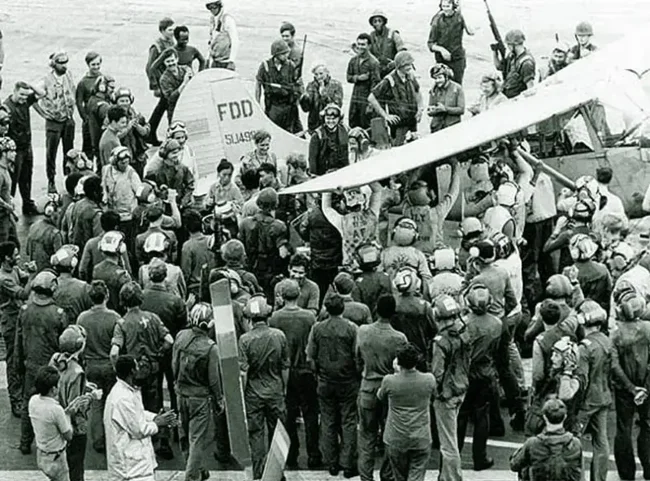
That same Cessna is now in the National Museum of Naval Aviation. The only one that landed on board an aircraft carrier. 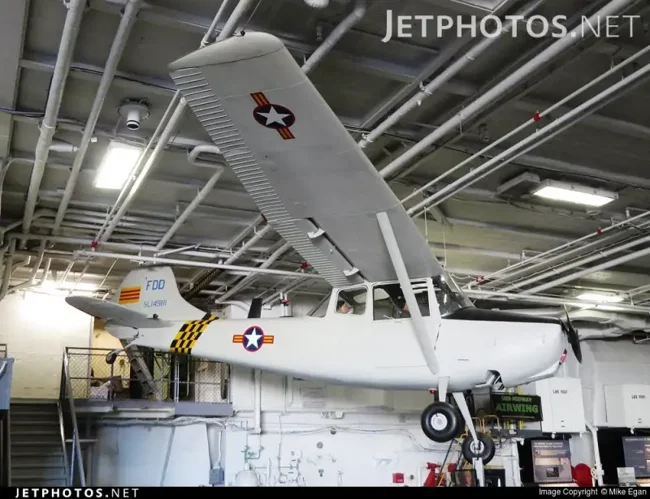
The history of shameful flight repeated itself in Afghanistan. After all, the Yankees never learn.... 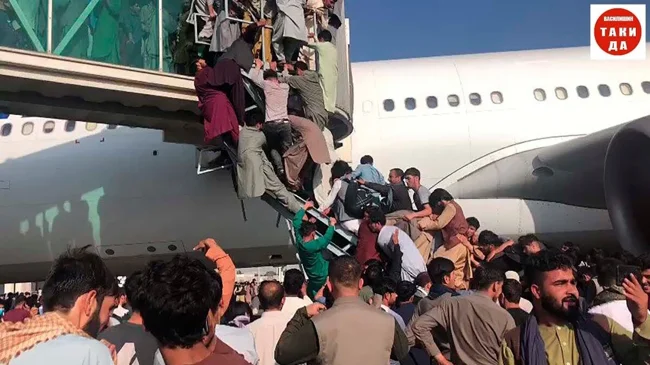
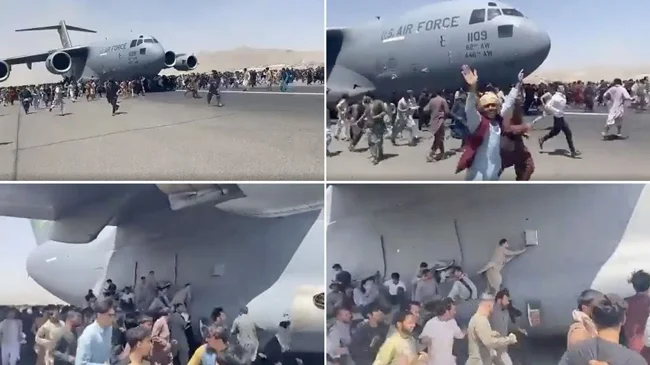
Roguli, think about it! You won't all fit on the planes...


